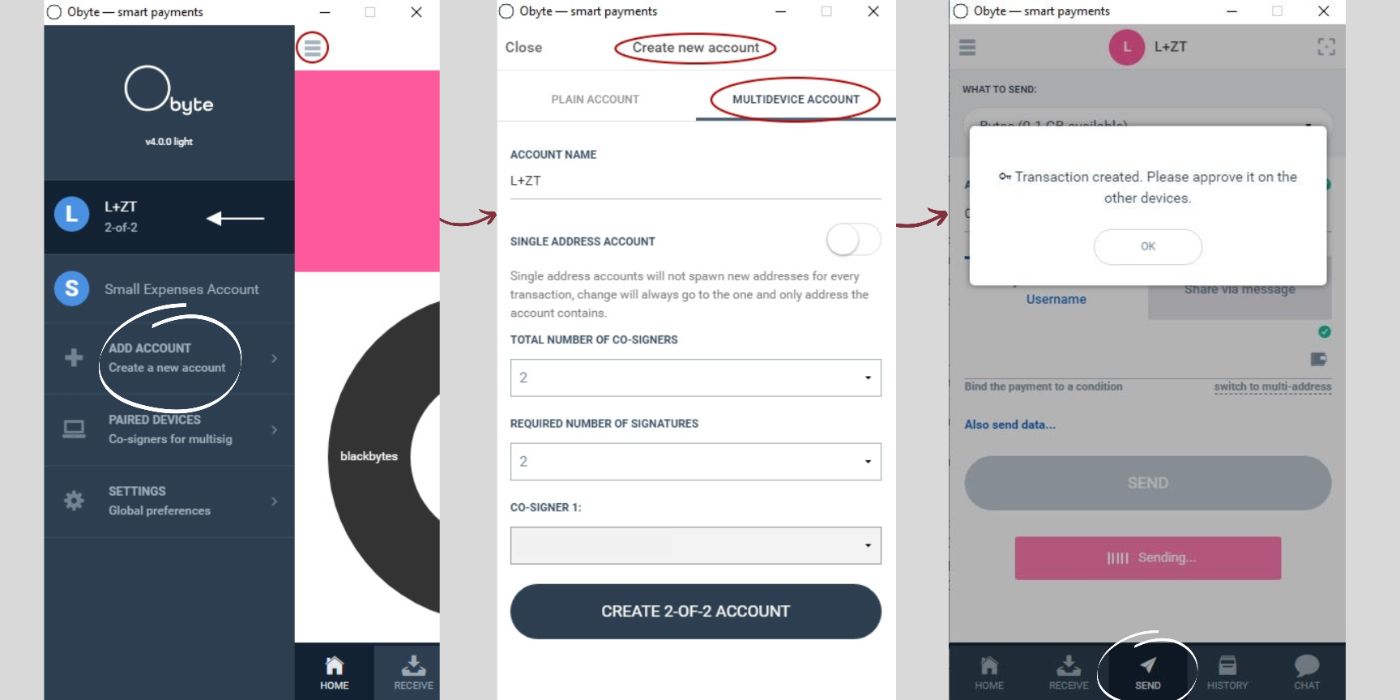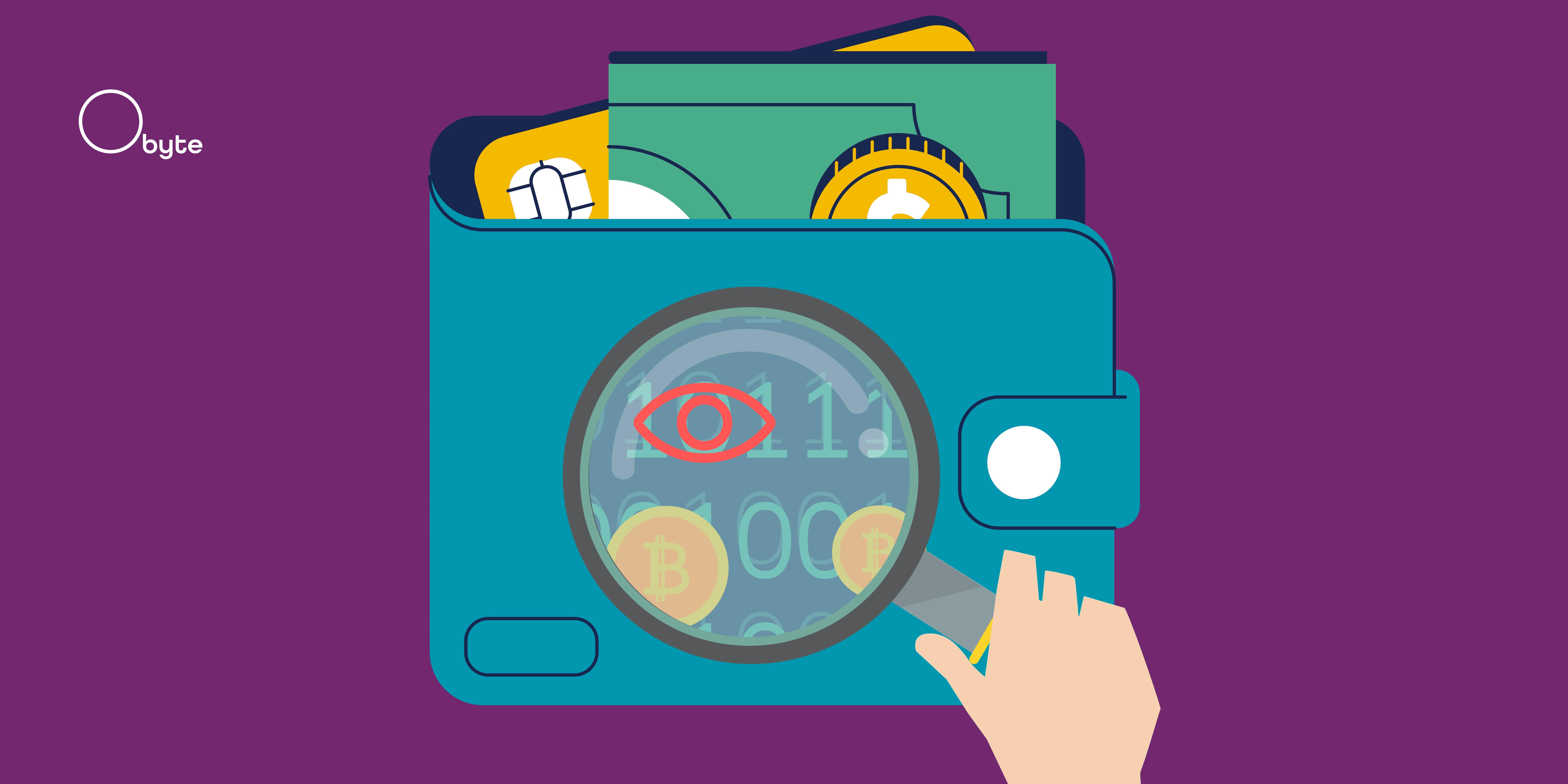You may have noticed it already: crypto is much more divisible than traditional money. Therefore, while you can only keep fiat cents or so in your pockets or bank accounts, it’s common to find figures like $0.0001 in cryptocurrency wallets. That’s what’s called “dust,” a minuscule amount of crypto that often ends up stuck because the transaction cost outweighs its value. In Bitcoin, for instance, dust can be as little as 294 satoshis, around 0.00000294 BTC ($0.3).
These crumbs can appear when leftover change from previous transactions is sent back to your address, through airdrops, or due to how certain networks handle outputs. Most people ignore dust because it is practically useless for spending or trading. However, those tiny amounts can become more than just clutter. Under certain circumstances, dust turns into a tool that others use to monitor wallets or even track users behind them.
What Is a “Dusting Attack”?
A dusting attack happens when someone deliberately sends these tiny amounts to many wallets to trace how they move. Because most chains are transparent (anyone can consult their data on public explorers), every transaction is visible. When you later spend that dust along with your regular funds, it becomes part of a transaction that links one address to another.
Over time, attackers can map a cluster of addresses belonging to the same user. If that map is matched with off-chain data, it may lead to a real identity. This tactic has been seen before. In 2018, users of the Samourai Wallet were warned of dusting attempts that aimed to link anonymous wallets.
Similar events targeted BNB Chain addresses in 2020, with some transactions even including phishing links in their memos. The goal of a dusting attack is rarely about the money itself, though. It’s more about creating a trail that others can follow.
n Why Would Someone Send You $0.0001?
The intention behind dusting isn’t to steal the few cents they send you or anything else. It’s more like dropping breadcrumbs to see where you go next. There are different reasons why someone might do this. Criminal groups may dust wallets to gather enough data for extortion or blackmail. By linking addresses, they know which ones hold significant funds and who to target.
Government agencies and tax authorities have also been suspected of using dusting-like methods to follow the money in cases of laundering or undeclared income. Blockchain analytics companies and developers sometimes perform similar actions, not to scam but to study user behavior or test how a network handles very small transactions. There have even been cases where dust was used as spam or advertisement, embedding messages in the transaction note.
Whatever the reason, dusting shows how something so small can expose parts of your digital footprint. The few cents themselves are insignificant. The trail they create can reveal far more than most people expect.
How to protect yourself
The best defense is to treat suspicious small deposits as what they are: potential tracking tools, not free gifts. Leaving them untouched is one of the simplest ways to stop any chain analysis from connecting your addresses or worse, figuring out your identity.
Using wallets that generate new addresses for every transaction makes tracking harder, and many modern wallets already include this feature. In Obyte, you can choose between a single address wallet or one that will let you change addresses every time you receive or send funds. It’s possible to create and use both of them in the same app, and you only need to add a new account, also for multiple devices.

You can also set up a secondary wallet for everyday use, isolating it from your main balance so that if dust shows up, it stays separate from your larger savings. With Obyte, you can create a simple textcoin to store the bulk of your assets securely away from the Internet.
More advice
To prevent dusting specifically, other wallets may allow you to label tiny unknown inputs as “do not spend,” so they stay isolated. Obyte wallet doesn’t have this feature but it spends small inputs last, so the dust might be never spent. Now, if you receive a tiny amount of crypto and a link in the memo, don’t click it. That could be phishing (a fake claim) wrapped in a transaction. In the end, dusting is often more about observation than immediate theft, but spending it or dealing with the attached messages instead of ignoring them can open a door to future scams.
Stay alert and treat these fragments as noise in your wallet rather than as a bonus to collect. Remember: avoid spending unexpected dust, enable privacy features or multiple addresses, flag suspicious deposits when possible, and always ignore links tied to dust transactions. These practices will help you keep your holdings safer and harder to trace.
Featured Vector Image by rawpixel.com / Freepik
n










